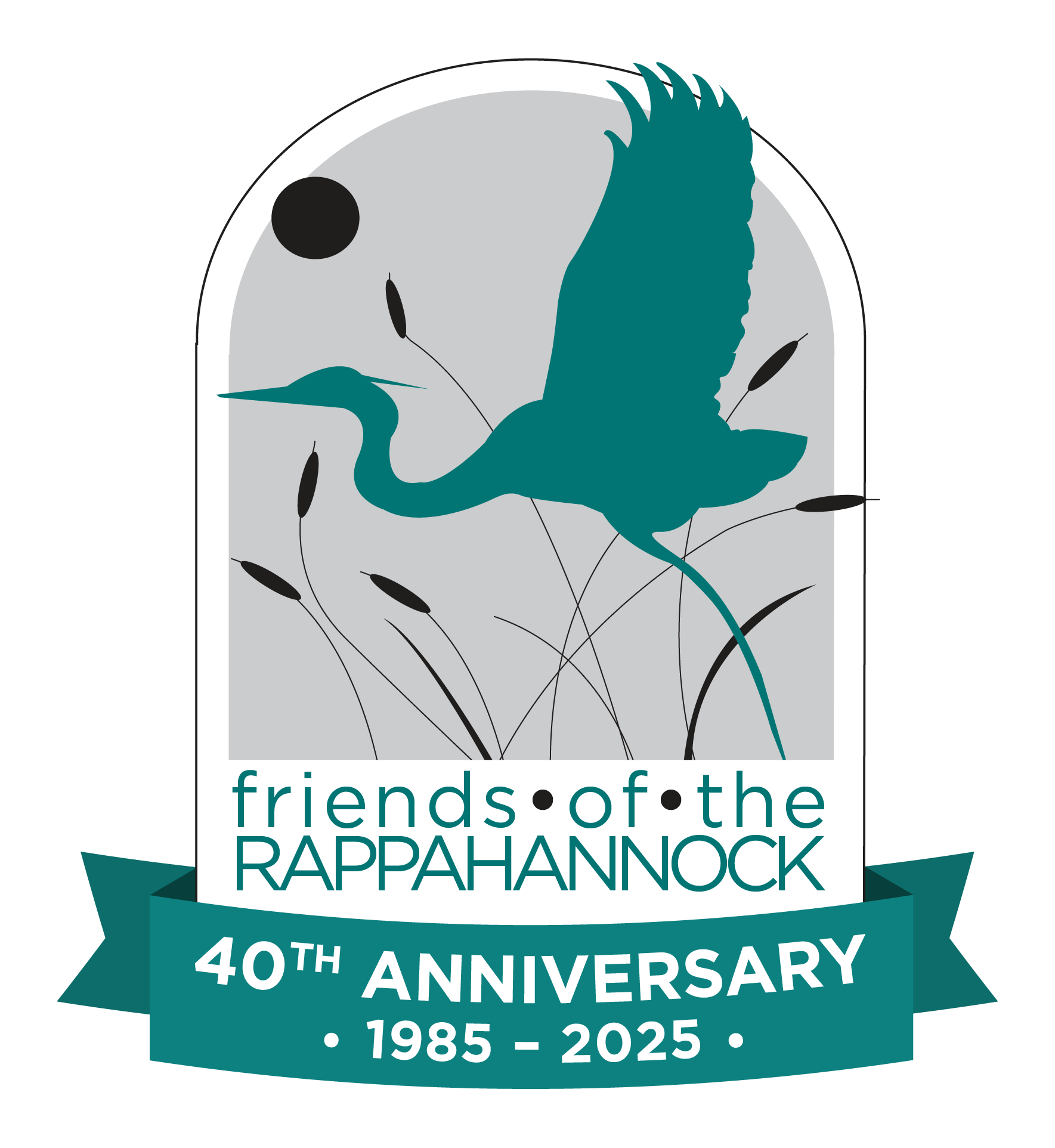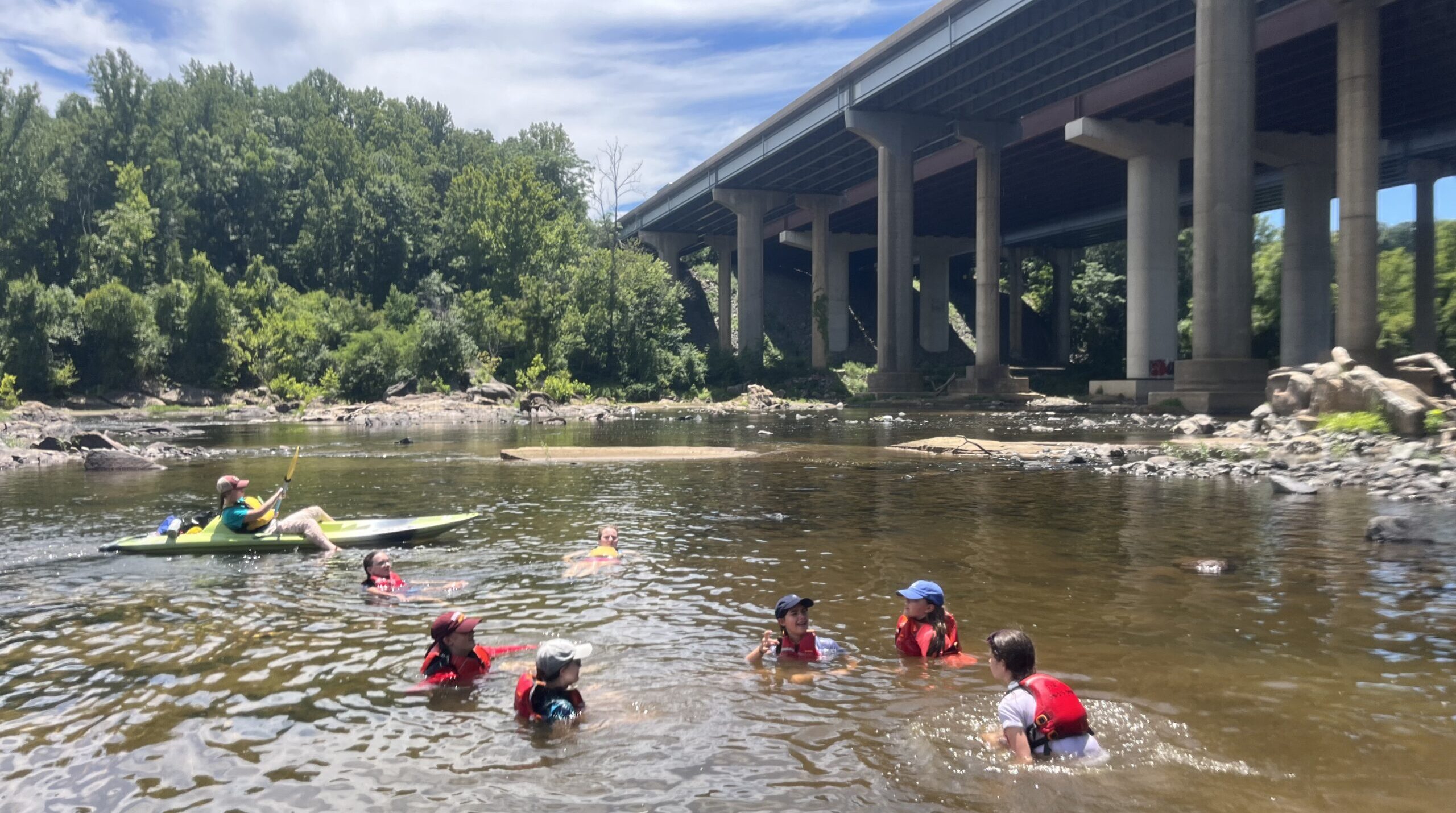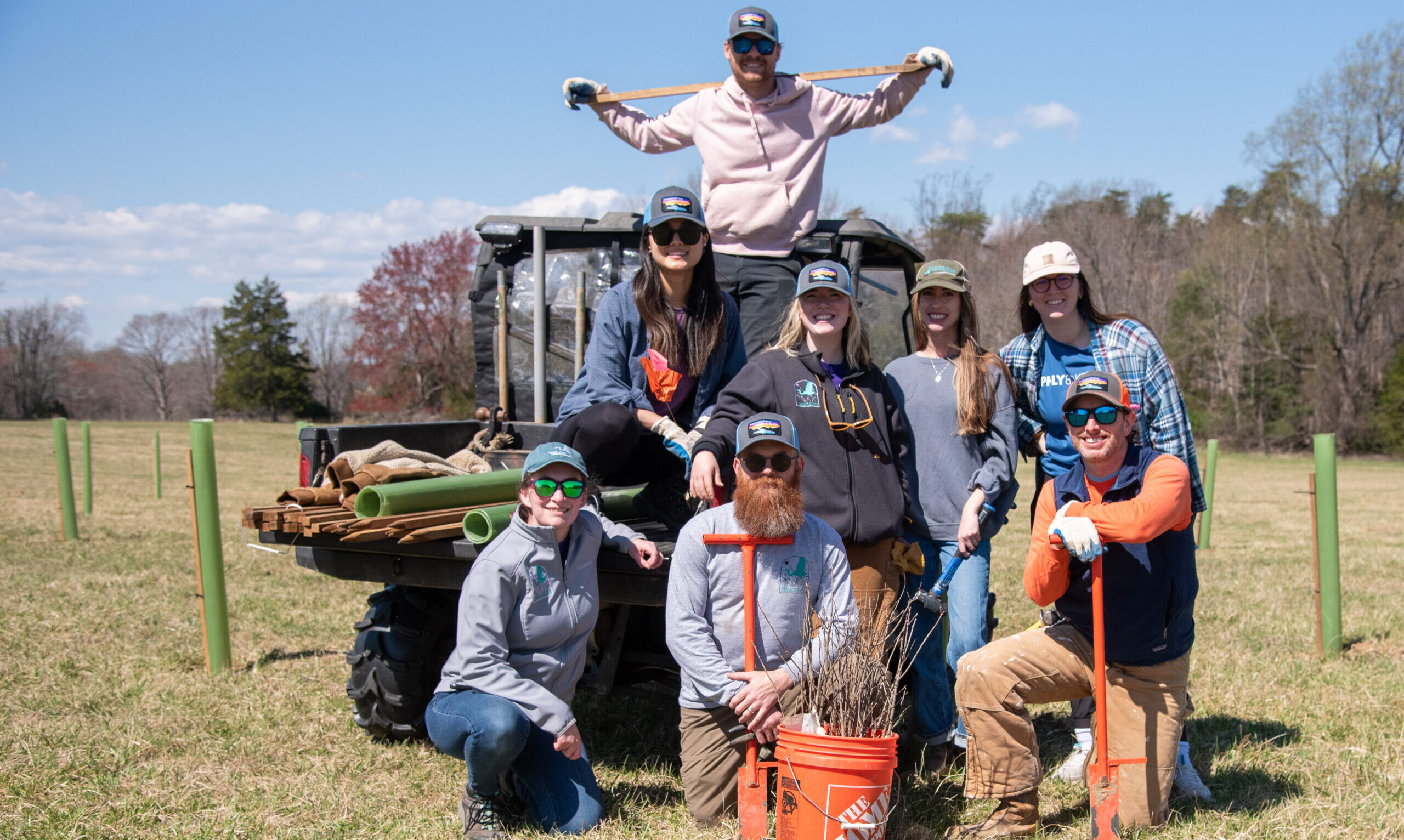People have occupied the land along Hedgeman’s River (known today as the Rappahannock) for thousands of years. Archaeological study has revealed that this area was occupied during the Archaic Period [10,000-3,200 years B.P. (before present)] and the Woodland Period [3,200-300 B.p.], a time marked by the development of permanent settlements and a reliance on farming. During the Late Woodland Period [1100-350 B.P.], settlements consisted of small clusters of houses, hearths, storage pits, and burials that were usually surrounded by tall palisades (wooden pole enclosures). John Smith depicts the social landscape of the early Piedmont in his book Virginia Discovered and Described (published in 1624). This portrayal relies on information gathered from a single encounter with a Mannohoac there that Smith reported an attack involving about 100 native people. As the fighting died down, Mosco, Smith’s native companion, managed to find one injured native named Amoroleck, and he was brought back to Smith’s ship. During questioning, Amoroleck revealed that he was a hunting party near the falls of the Rappahannock River.
It was there that Smith reported an attack involving about 100 native people. As the fighting died down, Mosco, Smith’s native companion, managed to find one injured native named Amoroleck, and he was brought back to Smith’s ship. During questioning, Amoroleck revealed that he was a
Massawomek (presently referred to as the Mannahoac). He described Mahaskahod, the easternmost settlement along the Rappahannock River on Smith’s map and four primary villages: Hassuiuga, Tanxsnitania, Shakaconic, and Sterga. Smith showed Tanxsnitania on the upper reaches of the Rappahannock River in present-day Fauquier County.
In 1722, a treaty was made with the Iroquois that pushed their main north south travel route to the west side of the Blue Ridge, after which, more Euro American settlers ventured into the area. In 1727, an anonymous writer of the time noted that ” … people have of late seated themselves and their families upon or near the river Rappahannock and the branches thereof, above the falls; and great quantities of tobacco and other commodities are every year brought down to the upper landings … ”
During the 18th century and early 19th century, the land that is now Riverside Preserve was a part of the Manor of Leeds (est. 1736), a section of the Northern Neck Proprietary that consisted of over 160,000 acres owned by Thomas, 6th Lord Fairfax. Fairfax, with the help of his land agent, leased tracts of land in patents in which lease holders were given the responsibility of paying the taxes and annual rent. Several of the larger “leaseholds” were first occupied by estate managers and the lease holder’s enslaved people who worked the land. Later, family homesteads were established. In 1806, a syndicate involving John Marshall (later Chief Justice), his brother James M. Marshall, Rawleigh Colston, and John Ambler, purchased the Manor of
Leeds, and while they retained much of the land for themselves, they also continued many of the leasehold agreements.
In 1722, a treaty was made with the Iroquois that pushed their main north south travel route to the west side of the Blue Ridge, after which, more Euro American settlers ventured into the area. In 1727, an anonymous writer of the time noted that ” … people have of late seated themselves and their families upon or near the river Rappahannock and the branches thereof, above the falls; and great quantities of tobacco and other commodities are every year brought down to the upper landings … ”
During the 18th century and early 19th century, the land that is now Riverside Preserve was a part of the Manor of Leeds (est. 1736), a section of the Northern Neck Proprietary that consisted of over 160,000 acres owned by Thomas, 6th Lord Fairfax. Fairfax, with the help of his land agent, leased tracts of land in patents in which lease holders were given the responsibility of paying the taxes and annual rent. Several of the larger “leaseholds” were first occupied by estate managers and the lease holder’s enslaved people who worked the land. Later, family homesteads were established. In 1806, a syndicate involving John Marshall (later Chief Justice), his brother James M. Marshall, Rawleigh Colston, and John Ambler, purchased the Manor of
Leeds, and while they retained much of the land for themselves, they also continued many of the leasehold agreements.
Grist Mills
By the early 19th century, Fauquier farmers were growing a variety of grain crops, such as corn, wheat, and oats. Because there was an immediate need to process these raw products locally, grist mills were established along the Rappahannock River and its tributaries. In the area surrounding Riverside Preserve, there were several mills. Homer’s Mill stood across Dulin’s Ford
on the Culpeper side of the river. Several grist mills were located along Carters Run, including Hiner’s Mill and Parr’s Mill. Glascock’s Mill was up river, and Hart’s Mill was down river below the town of Waterloo. Remnants of these mills still exist today.
The Rappahannock Canal
In 1811, a charter was granted to establish the Rappahannock Canal Company for “opening, improving, and extending the inland navigation of the river Rappahannock and all its improvable branches.” Due mostly to lack of funding, canal construction didn’t begin until 1828. The Rappahannock Canal finally opened in 1849, starting at a point approximately 1 ½ miles above Waterloo and continuing down to Fredericksburg. The canal did not have tow paths. Boats were piloted by two men who stood on platforms on either side of the boat. They navigated by “poling” it through the water. In the center of each boat were the pilots’ living quarters. When the railroad was established through the county in 1852, it eclipsed the canal as the main mode of transporting goods. The railroad made the canal obsolete. In 1857, it was dolefully noted that “boating has almost entirely ceased and nothing of consequence is transported over the entire length [of the canal].” Although covered in vegetation and much silt, the canal locks can still be seen. Lock #33 is located along the river in the area of Riverside Preserve.
The Town of Waterloo
About½ mile east of Riverside Preserve, where the 1878 iron bridge stands today, was the community of Waterloo, a small commercial center located
on both sides of the
river. The town was comprised of a number of houses, a post office, two woolen mills (Swartz Mill and Miller’s Mill), at least two large warehouses, a canal boat shop, blacksmith shops, and four stores three located on the Fauquier side and one on the Culpeper side. The woolen mills were burned during the Civil War. The community never recovered. Today, a few houses and
A map of Fauquier Co. Virginia. Hotchkiss, Jedidiah, ca. 1862. Library of Congress Online Map Collection.
the bridge remain. The potential to discover archaeological sites associated with the town of Waterloo is high.



